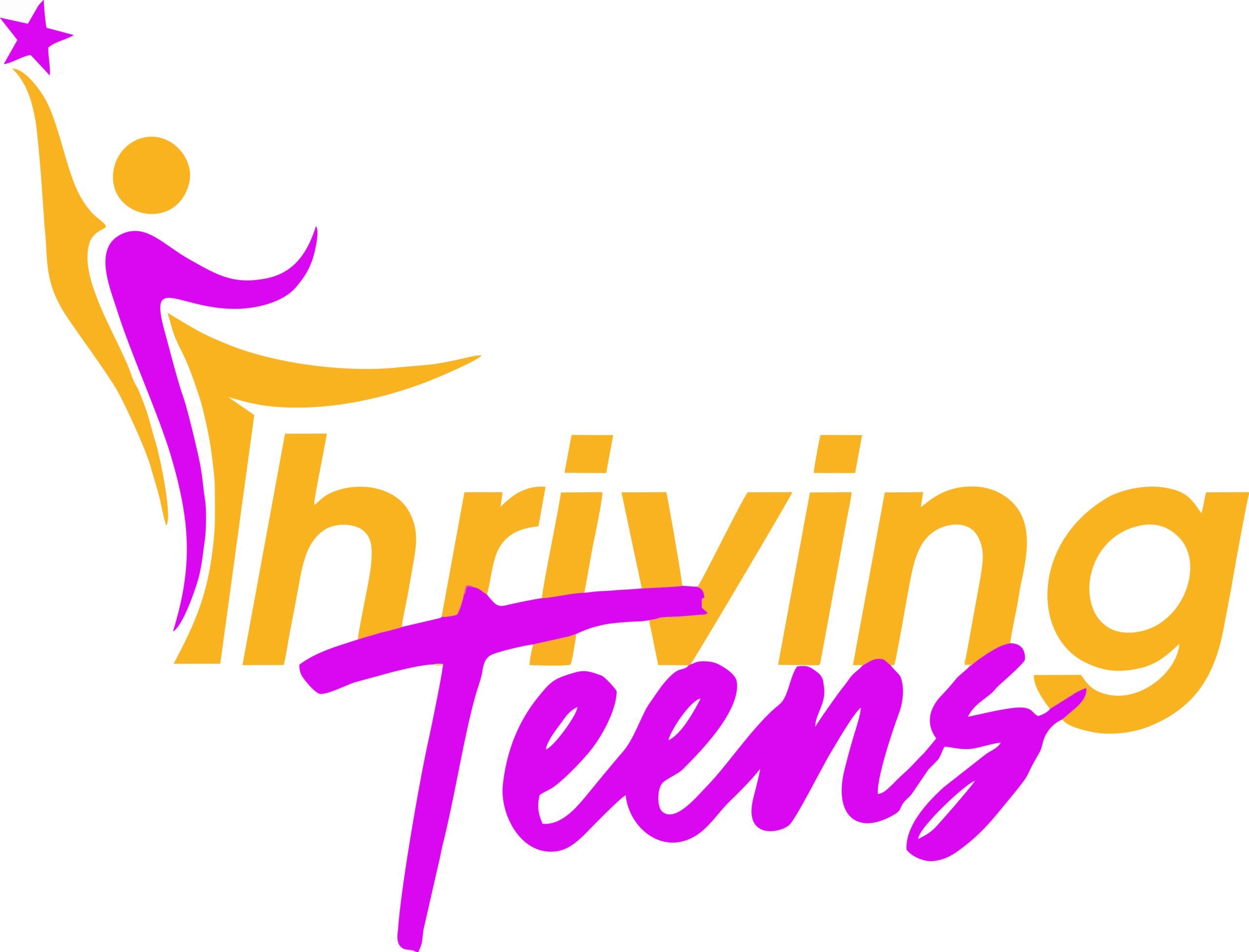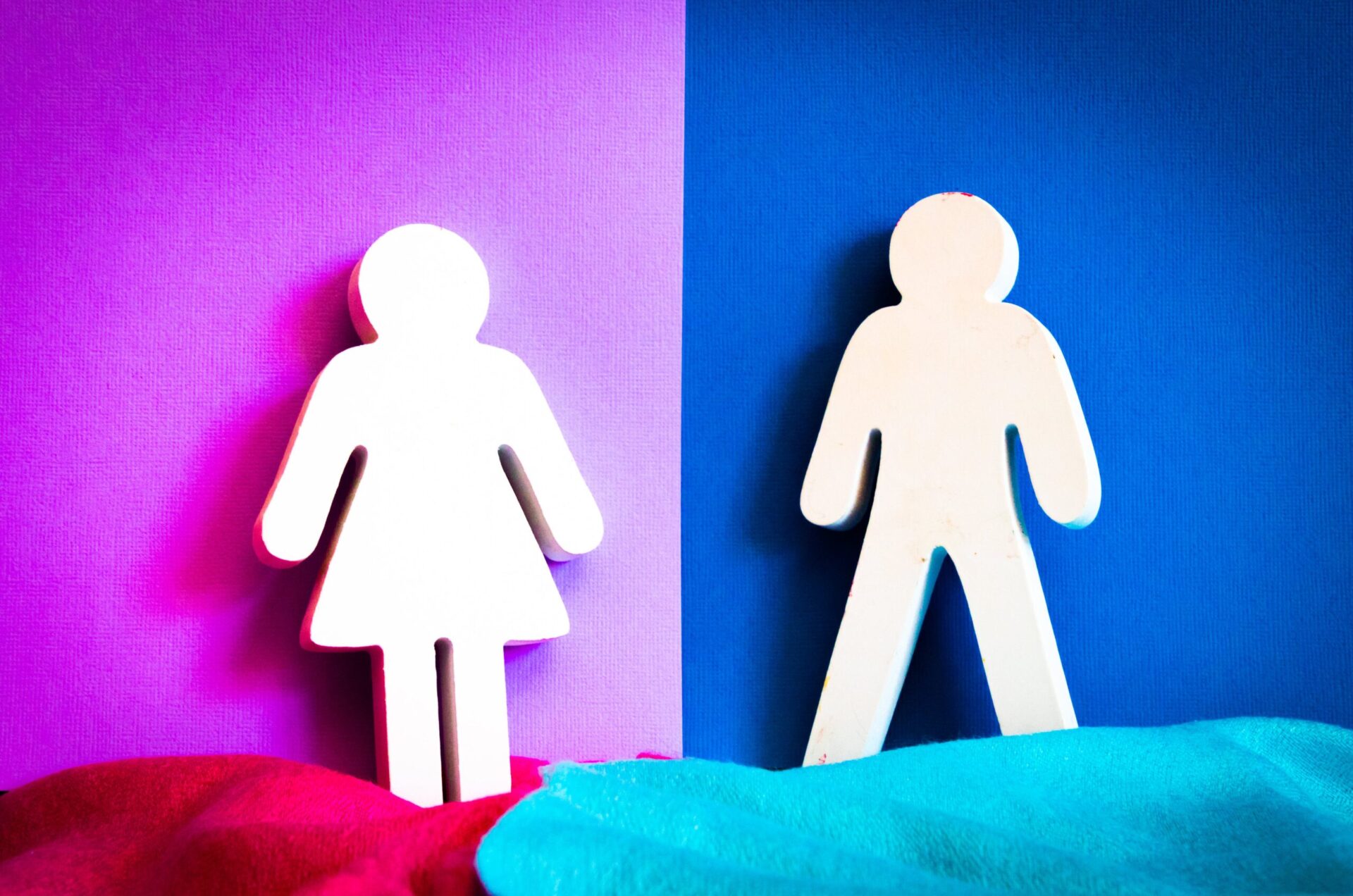The physical differences we are born with determine a persons’ sex, male or female:
The type of genital organs (penis, testicles, vagina, womb)
The type of predominant hormones circulating in the body
The ability to produce sperm or eggs
The ability to give birth and breastfeed children
Gender describes the ideas and expectations people have about men and women. These include
ideas about what qualities and abilities are considered feminine and masculine and expectations
about how men and women should behave in different situations. A person’s gender is complicated,
and is made up of roles, duties, appearance, speech, movement, and more. Ideas about gender are
learned from family, friends, teachers, religious leaders, advertisements, the media, and opinion
leaders.
Gender roles include the activities that are considered appropriate for individuals based on their sex. These are different depending on a community’s tradition, laws and religion. They are passed down through generations. As the world changes, gender roles evolve which has helped both gender gain more control over the things that determine sexual and reproductive health.
What are gender stereotypes. A stereotype is a biased description of a group. They are often negative and harmful. They are illogical even though many people still believe them.
Female stereotypes can make us perceive women and girls to be gentle and caring, to be physically weak, to be less intellectual, submissive, that they cannot lead followers in a household, are gossipers and cannot make decisions.
Male stereotypes can make us perceive man and boys to be rough, individualistic, to be physically strong, to be more intellectual, that they are more assertive, that they are leaders and decision makers and that they are the head of a household.
This is where ideologies like masculinity and femininity can be turned into something toxic and cause society to discriminate someone simply based on gender.
Toxic masculinity is an attitude or set of social guidelines stereotypically associated with manliness that often have a negative impact on men, women, and society in general. The term “toxic masculinity” isn’t meant to imply that the idea of masculinity in itself is inherently bad. The term refers to the dominant form of masculinity wherein men use dominance, violence, and control to assert their power and superiority. It promotes homophobia, control, promiscuity, refusing to help with household chores, risk taking, sexual aggression towards women, stoicism and violence.
Educating young men to change social and cultural norms around masculinity, educating parents on the damage that corporal punishment and humiliation do to teens, identifying and treating psychological distress promoting healthy relationships that are free of abuse and violence and creating safe and nurturing environments are all measures that can help young men avoid being poisoned by toxic masculinity.



